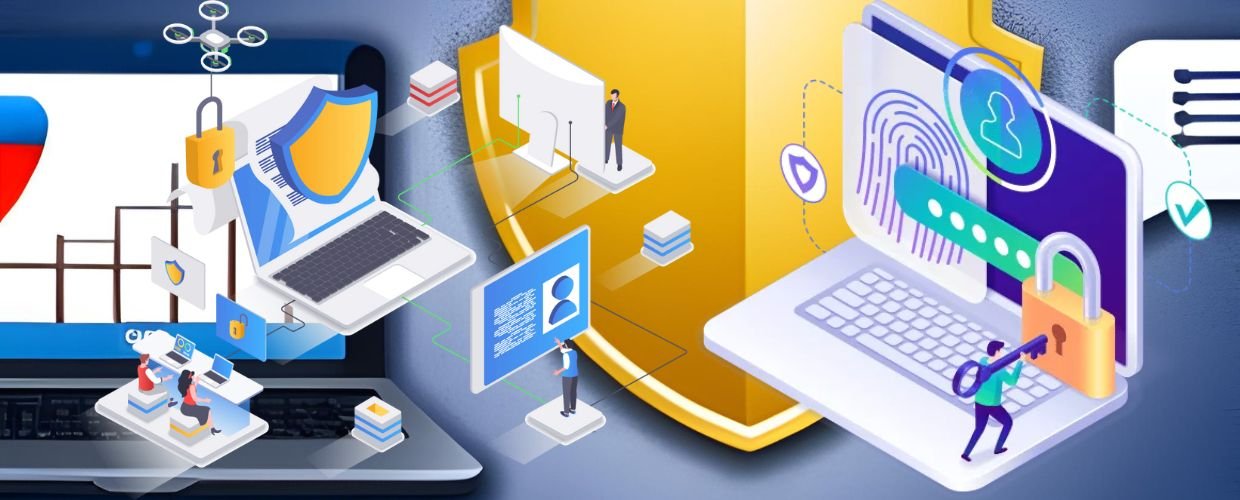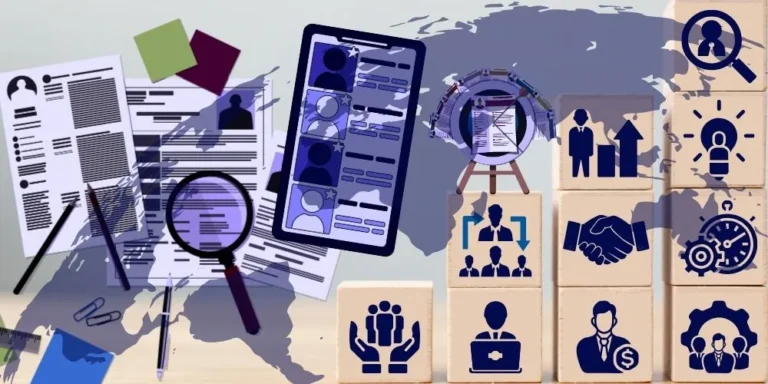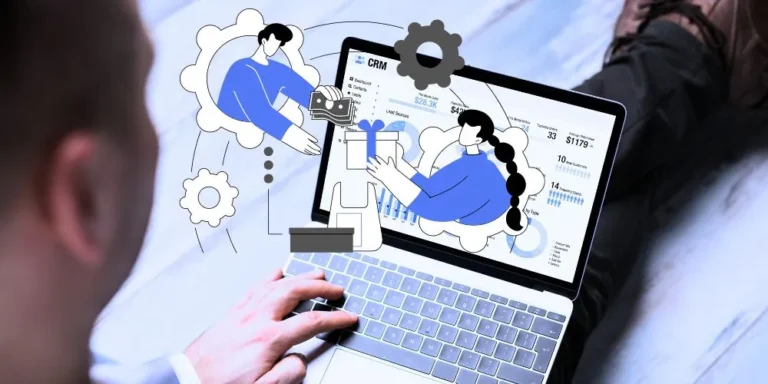Technology’s proliferation has brought numerous benefits. However, it has also exposed individuals, businesses, and nations to a new risk frontier—cyber threats. The ever-evolving nature of these threats poses significant challenges that demand heightened awareness and robust cybersecurity measures. This article delves into cyber threats, exploring their types, impacts, and efforts to enhance cybersecurity.
What are Cyber threats?
Cyber threats refer to potential risks and dangers arising from using technology and the internet. Cyber threats pose a significant concern in today’s interconnected world, where digital systems play a crucial role in various aspects of our lives. These threats encompass a wide range of malicious activities by individuals, groups, or even nation-states intending to exploit vulnerabilities, cause damage, or gain unauthorized access to sensitive information. The motivations behind cyber threats can vary, ranging from financial gain to espionage, activism, or simply causing disruption.
To mitigate cyber threats, individuals and organizations must adopt proactive cybersecurity measures. It includes implementing robust security practices, regularly updating software and systems, employing strong authentication mechanisms, training users to recognize and avoid common attack techniques, conducting vulnerability assessments, and establishing incident response plans. Collaboration between industry, government, and individuals is vital to effectively address the evolving landscape of cyber threats and safeguard our digital environments.
Types of Cyber Threats
Cyber threats can take various forms and can be carried out by different actors with malicious intent. Some common types of cyber threats are given below.
Malware Attacks
Malware attacks represent a common cyber threat, encompassing viruses, worms, ransomware, and spyware. These malicious programs exploit computer and network vulnerabilities, often infecting devices through email attachments, compromised websites, or unsecured software. Malware can enable unauthorized access, data theft, system disruption, or even remote control by cyber criminals.
Phishing and Social Engineering
Phishing is a technique employed by cybercriminals to trick individuals into divulging sensitive information, such as passwords or financial data. It typically involves deceptive emails, messages, or websites that impersonate trusted entities. Social engineering takes advantage of human psychology, manipulating victims into actions that compromise security. Both phishing and social engineering attacks rely on exploiting human trust, making individuals the weakest link in the cybersecurity chain.
Distributed Denial of Service (DDoS) Attacks
DDoS attacks aim to overwhelm targeted systems by flooding them with excessive traffic, rendering them inaccessible to legitimate users. These attacks leverage botnets and networks of compromised computers to generate the massive volume of traffic required. DDoS attacks can disrupt services, impact business continuity, and cause financial losses for organizations and individuals.
Data Breaches
Data breaches occur when unauthorized individuals access sensitive information held by organizations. Personally identifiable information (PII), financial data, intellectual property, and trade secrets are prime targets for cybercriminals. The fallout from data breaches can be far-reaching, leading to identity theft, financial fraud, reputational damage, and legal consequences for affected individuals and businesses.
Insider Threats
Insider threats arise from individuals within an organization who misuse their authorized access privileges. These threats can manifest as intentional malicious actions or unintentional negligence. Insider threats pose a significant challenge to organizational security, as they may bypass traditional security measures, making it crucial for organizations to implement robust access controls and monitoring systems.
Impacts of Cyber Threats
The consequences of cyber threats are multifaceted and can have far-reaching implications—some of the major impacts are discussed below.
Financial Loss
Cyberattacks can inflict substantial financial damage on individuals and organizations. Direct costs include stolen funds, disrupted business operations, and the expenses associated with restoring systems and data. Indirect costs may include reputational damage, legal liabilities, and potential loss of business opportunities.
Privacy Breaches
Cyber threats pose a grave risk to personal privacy. When attackers gain unauthorized access to sensitive information, personal data becomes vulnerable. This exposure can result in identity theft, financial fraud, and social engineering attacks, leading to financial losses and emotional distress for victims.
Disruption of Services
DDoS attacks and cyber disruption can bring down websites, online services, or critical infrastructure systems. This disruption leads to user inconvenience, financial losses for businesses, and potential safety risks in the healthcare, transportation, and energy sectors. The impact can extend beyond immediate monetary losses to long-term damage to customer trust and loyalty.
Intellectual Property Theft
Cyber threats pose a significant risk to intellectual property, including proprietary business information, trade secrets, and copyrighted material. Intellectual property theft can undermine an organization’s competitive advantage, erode market share, and lose innovation and potential revenue streams.
Measures to Enhance Cybersecurity
To effectively combat cyber threats, individuals, businesses, and governments must adopt a comprehensive approach to cybersecurity.
Awareness and Education
Building a culture of cybersecurity awareness is critical. Individuals should be educated on recognizing and avoiding common cyber threats like phishing emails and suspicious websites. Businesses should provide regular cybersecurity training to employees and implement robust policies and procedures to ensure a secure working environment.
Robust Network Security
Implementing strong network security measures is paramount, which includes regularly updating software and operating systems, employing firewalls and intrusion detection systems, and utilizing secure network protocols. Encryption of sensitive personal or business data in transit and at rest should be standard practice.
Multi-Factor Authentication (MFA)
Implementing MFA is an essential security measure when protecting sensitive data and systems. With MFA, users must provide multiple credentials to access their accounts or systems, such as a password and a code sent to their phone. This extra layer of security helps mitigate the risk of unauthorized access, even if passwords are compromised. It’s a simple yet effective way to add an extra layer of security and ensure that only authorized users can access your company’s valuable information.
Regular Backups and Incident Response
It is crucial to regularly back up critical data and systems to prepare for cyberattacks. By doing so, you can recover effectively and minimize the devastating consequences of a breach. Having an incident response plan in place is equally important. It ensures a swift and coordinated response to any attack, minimizing the impact and reducing potential damage.
Collaboration and Information Sharing
Information sharing and collaboration among businesses, government agencies, and cybersecurity professionals can be vital in combating cyber threats. Sharing threat intelligence and best practices helps identify emerging threats and develop effective countermeasures.
Conclusion
In today’s interconnected world, cyber threats pose a significant risk to individuals, businesses, and governments. Understanding the various types of cyber threats and their impacts and implementing robust cybersecurity measures are crucial to safeguard the digital frontier. By raising awareness, enhancing security measures, and fostering collaboration, we can mitigate the risks and create a safer digital environment.







